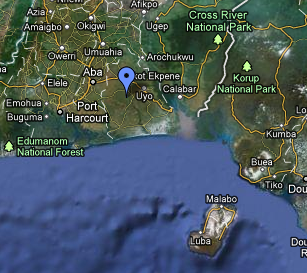Ogboni Bronze Figures


- Country: Nigeria
- Source: Xanada Gallery, San Francisco, 2000
- Size (cm):
- Material: Bronze
The Oshugbo society (also known as Ogboni) functioned as a town council, a civic court, and for electing new kings and dethroning a bad or unpopular one. It imposed curfews and executed serious offenders. The society still exists in Yoruba today, but not to the same extent. Its authority derives from its link between the community and the Earth that sustains it. Membership brings power and prestige and is restricted to the few who attain distinction through their profession and who prove to be people of high integrity and wise judgment.
The edan oshugbo pair are said to represent the union of man and woman this is physically represented by the chain that connects the sculptural figure pair. Their is said to be a third presence in this union, that of the Earth. The number three is important in Oshugbo society correlated with the function of the tripod, the irreducible essential support of the law. Oshugbo venerates the Earth (Ile) to ensure human survival, peace, happiness, and social stability in the community. Edan may be used in several funtions. It plays a judicial role. It is believed that an edan placed upright by its spike in the earth will fall should a man who is guilty not confess. It can be oracular, predicting the life span of the member. It is used in healing. Curative edan are sometimes shaped like a spoon in order to administer medicine. Small, portable edan serve a protective function by keeping the member from harm’s way. The edan is also used in magic communication and surbeillance. It is said that they have the power to travel in the form of a bird.
Edan are the prerogative of membership and are sometimes worn around the neck of a member. They are made of brass symbolizing the desire for longevity and well-being. Motifs are often incised into the surface of the sculptures. The crescent motif appearing on the forehead and body may represent the crescent moon, a symbol of newness and regeneration. Also related to this renewal theme is the spoon motif held by some female edan perhaps a reference to female’s role of preparer and server of nourishment or the care which Mother Earth provides for humanity. The spiral or circle motif that appears prominently on many edan may refer to the motion of a whirlpool signifying the power of Olokun, the goddess of the sea and abundance. Habitable land was supposedly created out of the primordial sea, so Earth and Water represent two aspects of the same phenomenon.